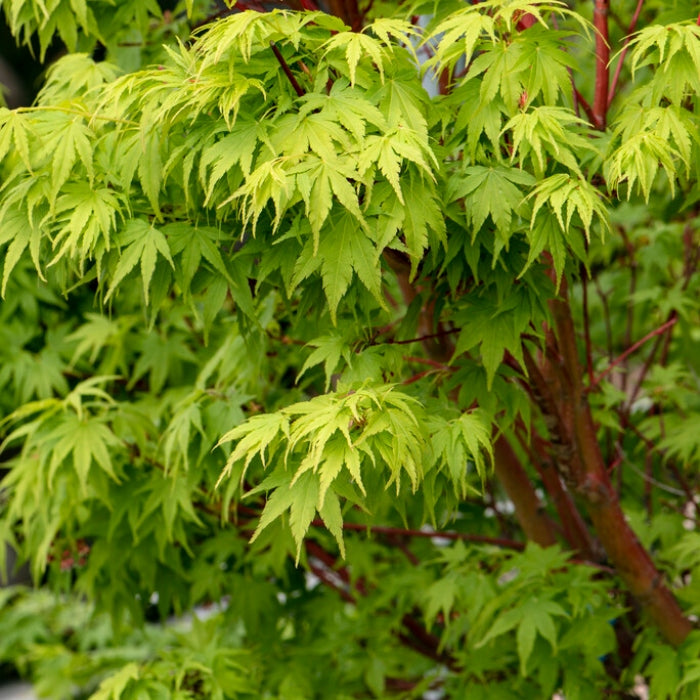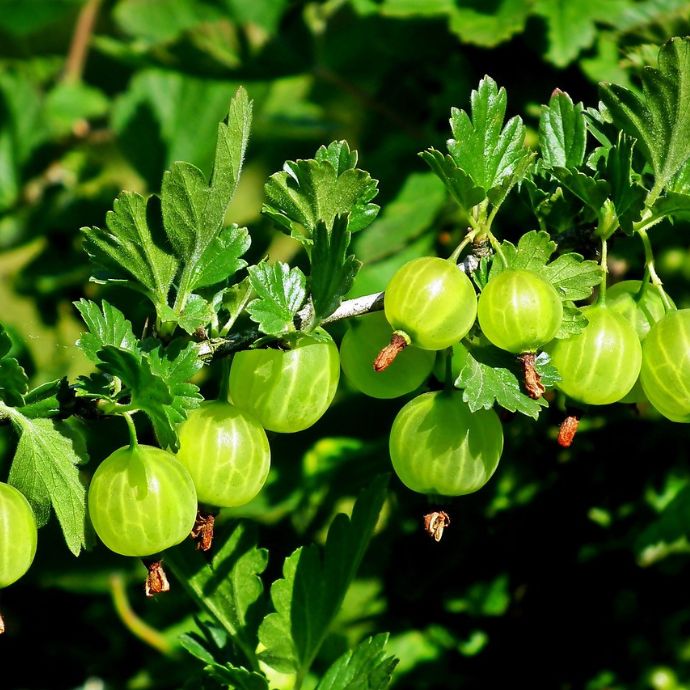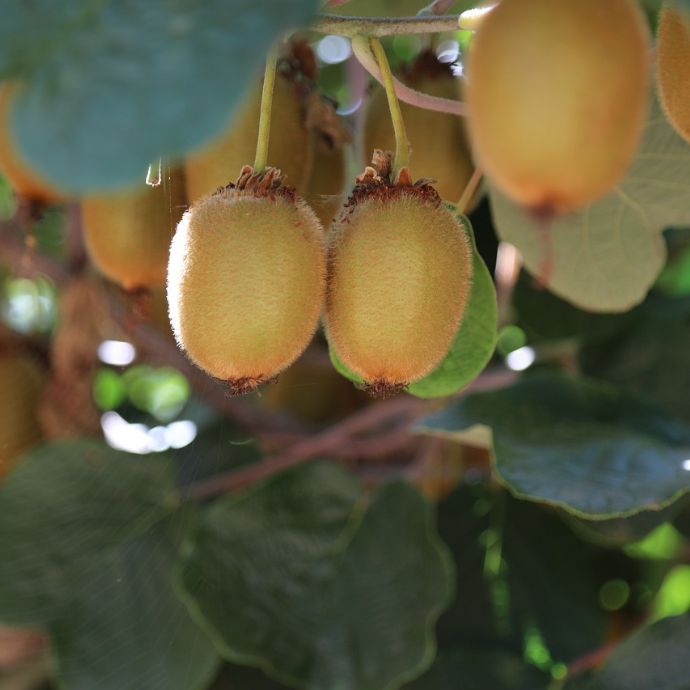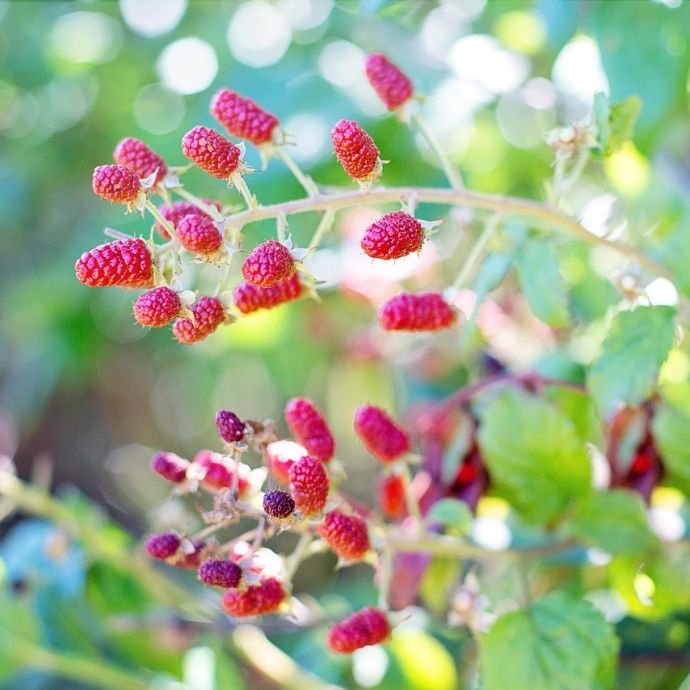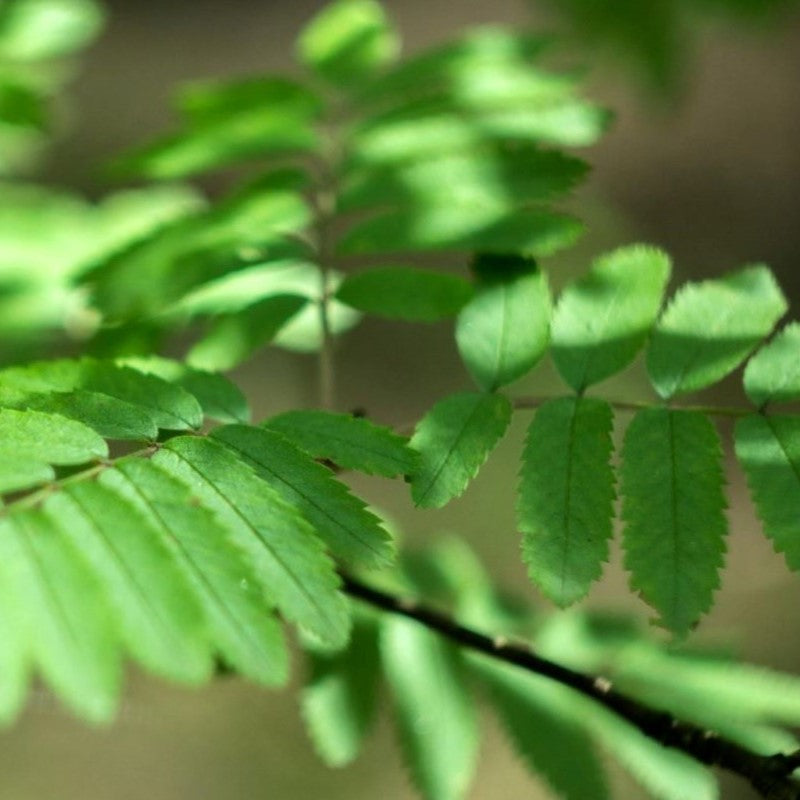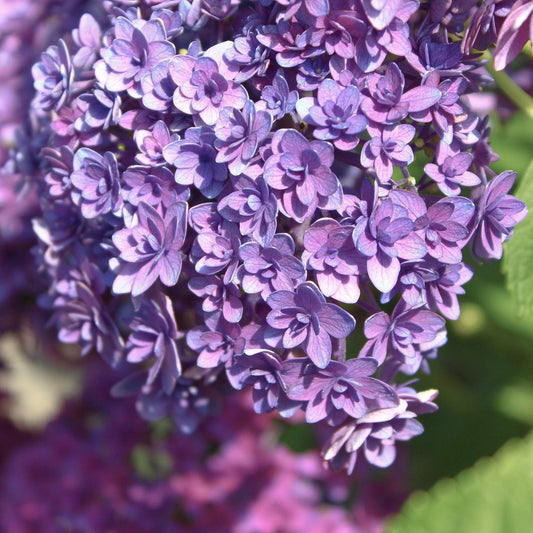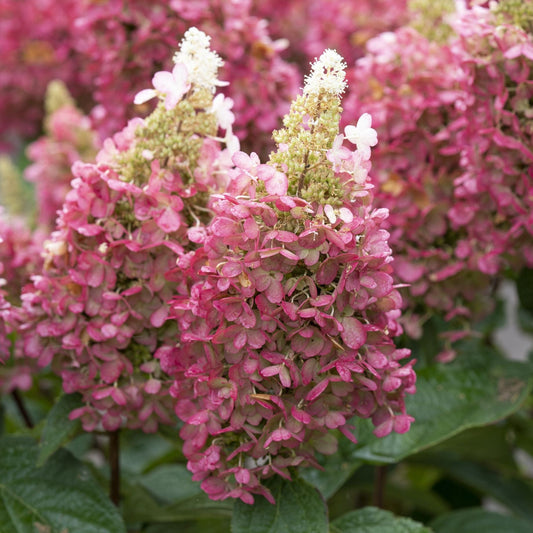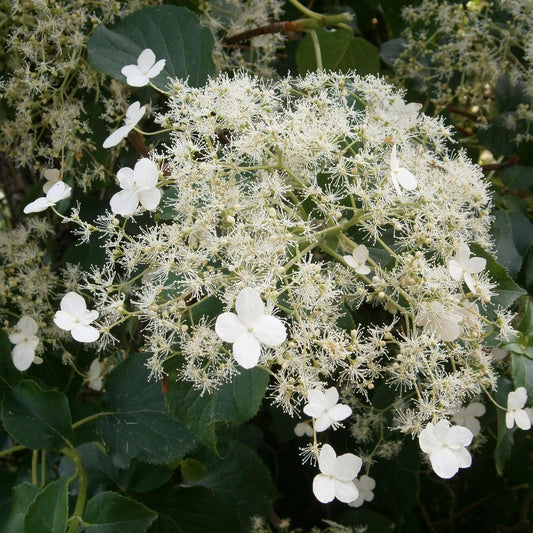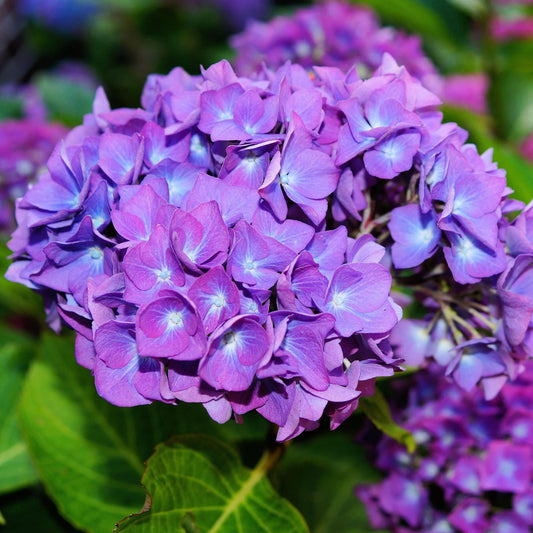Hydrangea Pruning: Everything You Need to Know
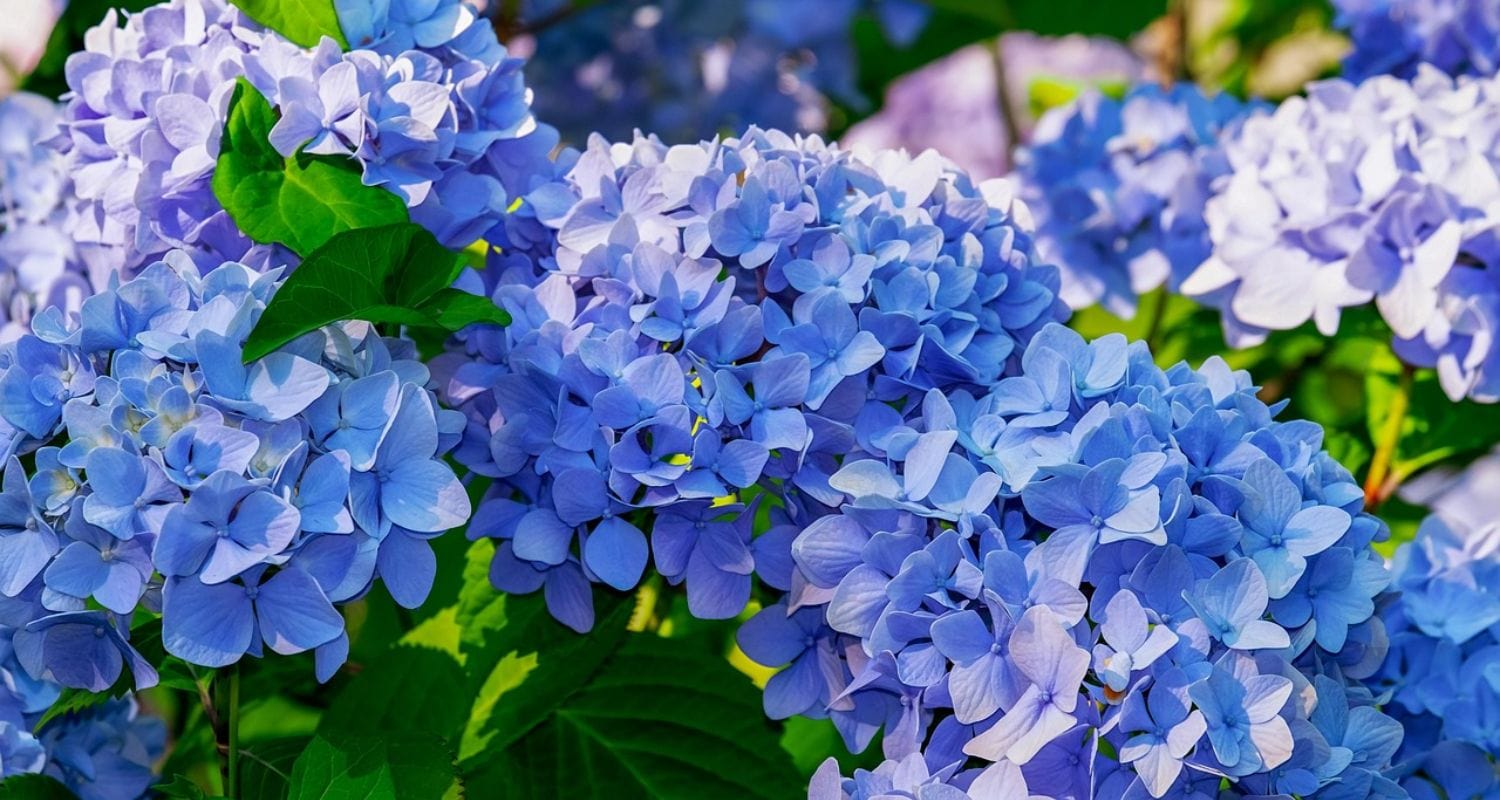
The beauty of a hydrangea in full bloom is pretty much unparalleled. Whether you use your hydrangea as a standalone feature shrub or as part of a larger flowering hedge, you’re going to be rewarded with years of stunning service.
We’ve previously written a broader guide to growing hydrangeas, touching on planting and aftercare, however in this article, we’ll be looking specifically at hydrangea pruning. We’ll be touching on why it’s important, the pruning requirements for different types of hydrangea and, most importantly, how to actually do it.
Jump to:
- Why is pruning hydrangeas important?
- How to prune hydrangeas
- What about climbing hydrangeas?
- General pruning tips
Why is pruning hydrangeas important?
Pruning your hydrangea each year is important to keep it healthy and productive; removing dead, damaged or diseased material reduces congestion within the bush, improving both air and light circulation, which in turn will lead to better growth. Not to mention, pruning helps keep your plant to the size you want it and lends it a neater, more tidy appearance overall.
How to prune hydrangeas
Do different hydrangeas have different pruning requirements?
In short, yes! While there are some similarities across all shrubby hydrangeas, like the pruning time – between late winter and early spring – specific pruning needs often vary from species to species. Below, we’ve listed how to prune each major kind of shrubby hydrangea.
Mophead hydrangeas (Hydrangea macrophylla)
Mophead hydrangeas, which are recognisable through their rounded, dome-like flowers, should be left alone even once the flowers are spent and faded; this gives a little added protection in the winter months to the newer buds beneath. Then, come the start of spring, deadhead your plant, cutting back to a healthy pair of buds after the old flower. While you’re doing this, you can also remove one or two of the oldest stems on the bush, to help encourage newer, fresher growth.

Lacecap hydrangeas (Hydrangea macrophylla)
The only difference in pruning requirements between lacecap (which have flat flowerheads) and mophead hydrangeas is that you can get away with deadheading lacecaps directly after the plant has finished flowering, rather than waiting until spring. Trim the stem back to the second, not first, set of leaves below the expended bloom. Besides this, you can follow the same advice as above.

Panicled hydrangeas (Hydrangea paniculata)
To prune your panicled hydrangea, remove any dead, damaged or disease material at the start of spring. Then, cut your stems back to a healthy pair of buds; this is going to give you a robust framework of stems that produce great flowers – which pair of buds you trim back to depends on the overall height you’re wanting to achieve from your plant. Harder pruning will give you a sturdier but smaller plant, while a slightly less vigorous prune will leave you with some more height.

Smooth hydrangeas (Hydrangea arborescens)
Smooth hydrangeas are pruned in the same way as panicled hydrangeas, as detailed above. A top tip for both panicled and smooth hydrangeas, is to remove any weak growth while you’re pruning. What we mean by that is, alongside the removal of any dead, damaged or diseased material, you’re wanting to get rid of any straggly, weak stems as well.

Do climbing hydrangeas have different pruning requirements?
The hydrangeas we’ve talked about above are all shrubby hydrangeas, but another popular type of hydrangea is the climbing hydrangea, Hydrangea anomala subsp. petiolaris, and this likewise requires annual pruning. Once your plant has finished flowering, trim back stems that have become too long for your space, but bear in mind that flowers generally grow from the tips of these stems, so you don’t want to cut too many if you can help it.

General hydrangea pruning tips
There are a couple of other things to bear in mind when pruning your hydrangea; firstly, make sure your secateurs or snips are sterilised before using them. If you don’t regularly clean your pruning equipment, there’s a risk they can become a vector for transmitting disease between plants.
The next thing to bear in mind is that you don’t want to leave too much room between your cut and the buds – in other words, what you don’t want to do is cut halfway between a lower and upper set of buds, because this can increase the risk of dieback. Make sure you’re not cutting into the bud itself, however.
Finally, consider using bypass secateurs rather than anvil secateurs as these generally give cleaner, sharper cuts that cause less damage to the plant’s vascular system. Anvil secateurs, by contrast, have a crushing action that can cause more damage to the surrounding plant tissue.
Final thoughts
Now you know how to keep your hydrangea pruned, prim and proper, you’ll be able to enjoy its magnificent blooms for years to come! While you’re here, make sure to check out our other shrub guides, including growing camellias and planting roses.
Last updated: 16/06/2025
